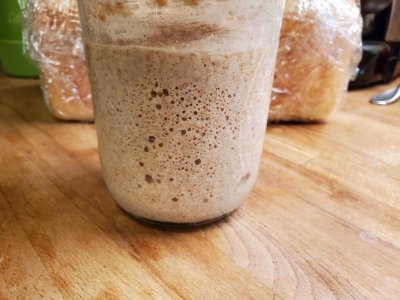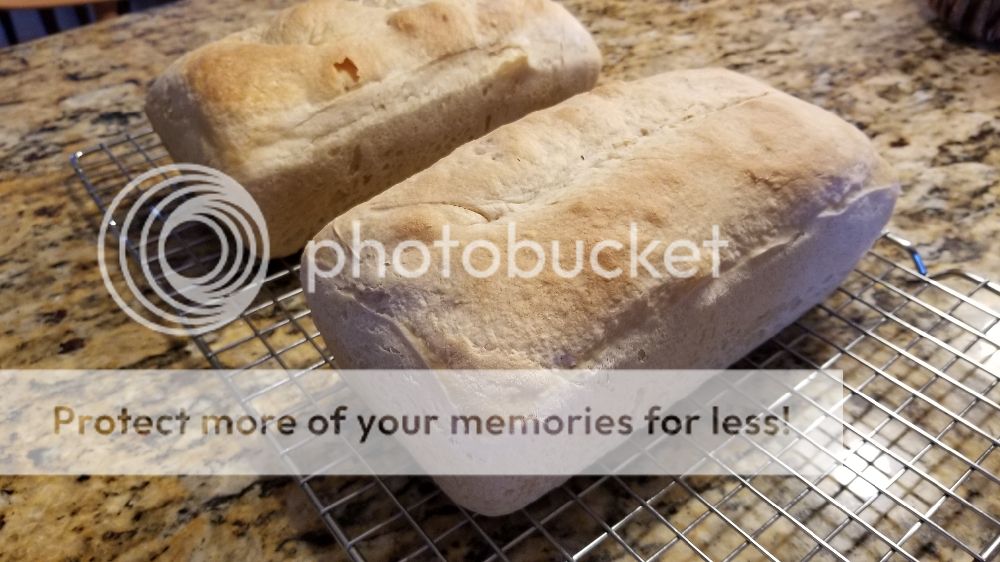Yes, it is a very wet dough. But in my opinion learning to work with very wet doughs is worth the effort. Both for bread and pizza crust, the higher you can push that hydration the happier I tend to be with results. I'd say 77% is probably on the low end of ciabatta, which really is more about the SHAPE of bread than the dough itself. You could certainly shape your high hydration sourdough into a ciabatta shape and call it ciabatta bread.
I've had great success with my 77% dough in both a loaf shaped banneton (my favorite) or a round banneton. Only thing I will say is that it is so wet that it will end up as a pretty wide loaf, the dough will spread out when you turn it out into your dutch oven, it's just so wet. Still it makes a nice crusty loaf. Here's the crumb from Sunday's loaf, and as you can see it's not nearly as "holey" as a typical ciabatta. I have deviated slightly from my above numbers by replacing some of the AP with spelt flour (I think 100g).
















